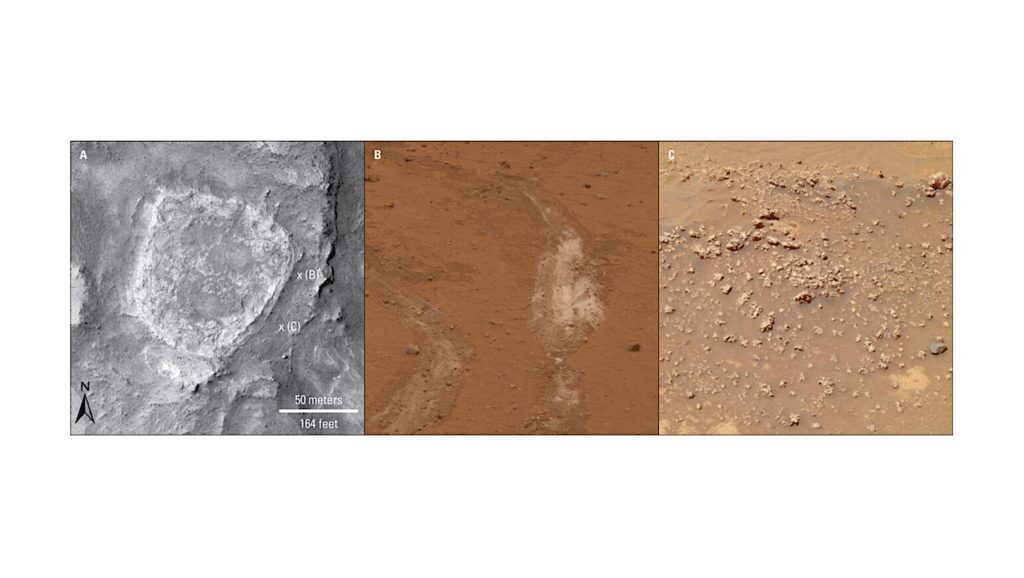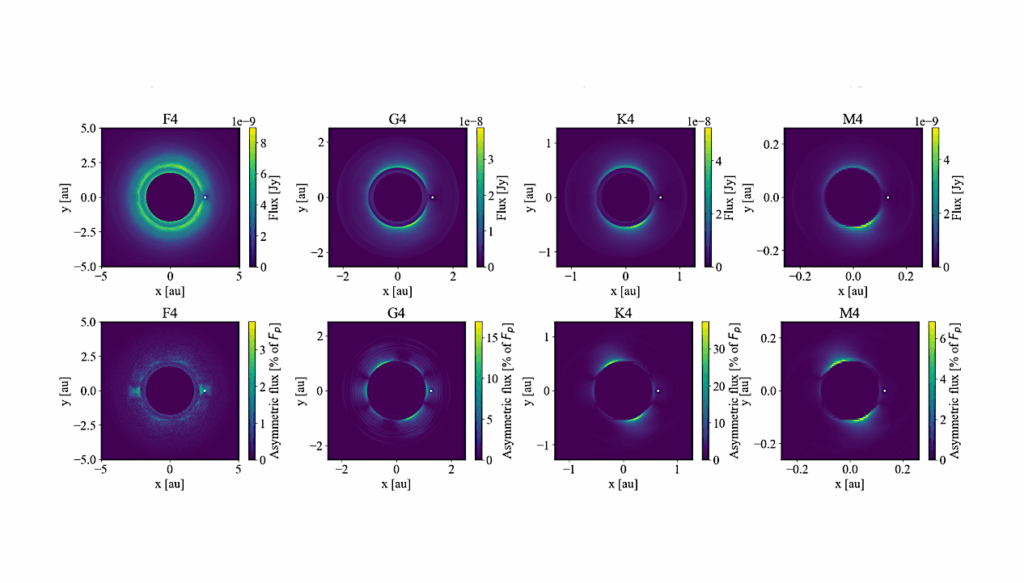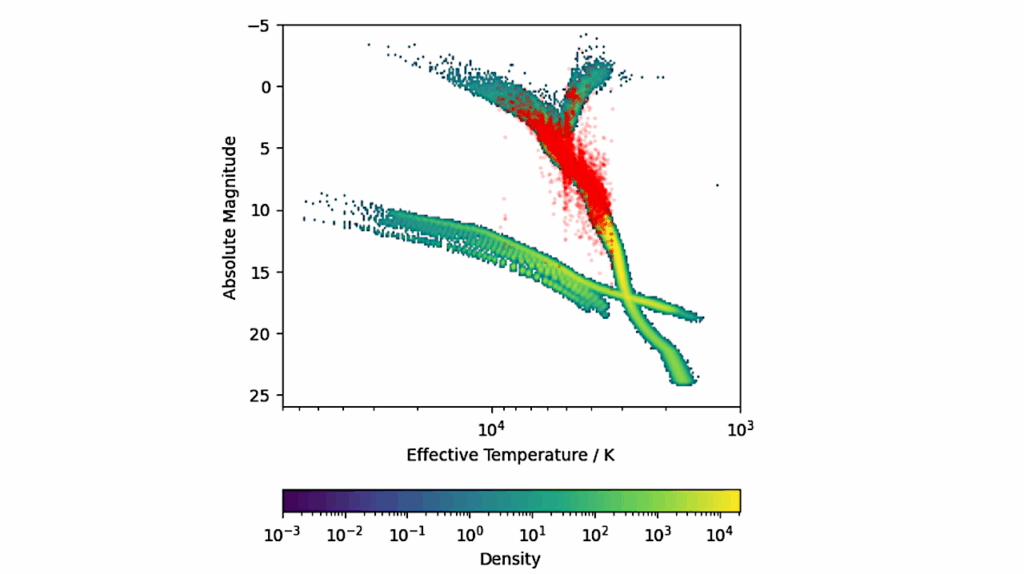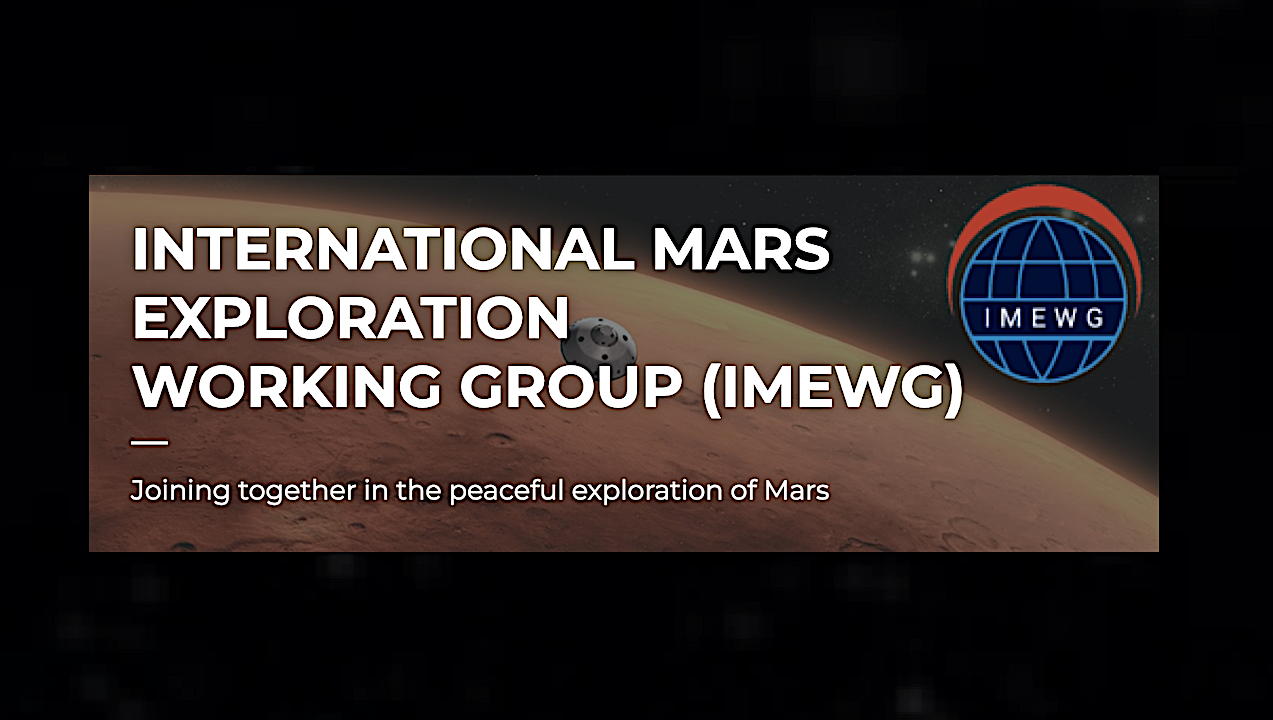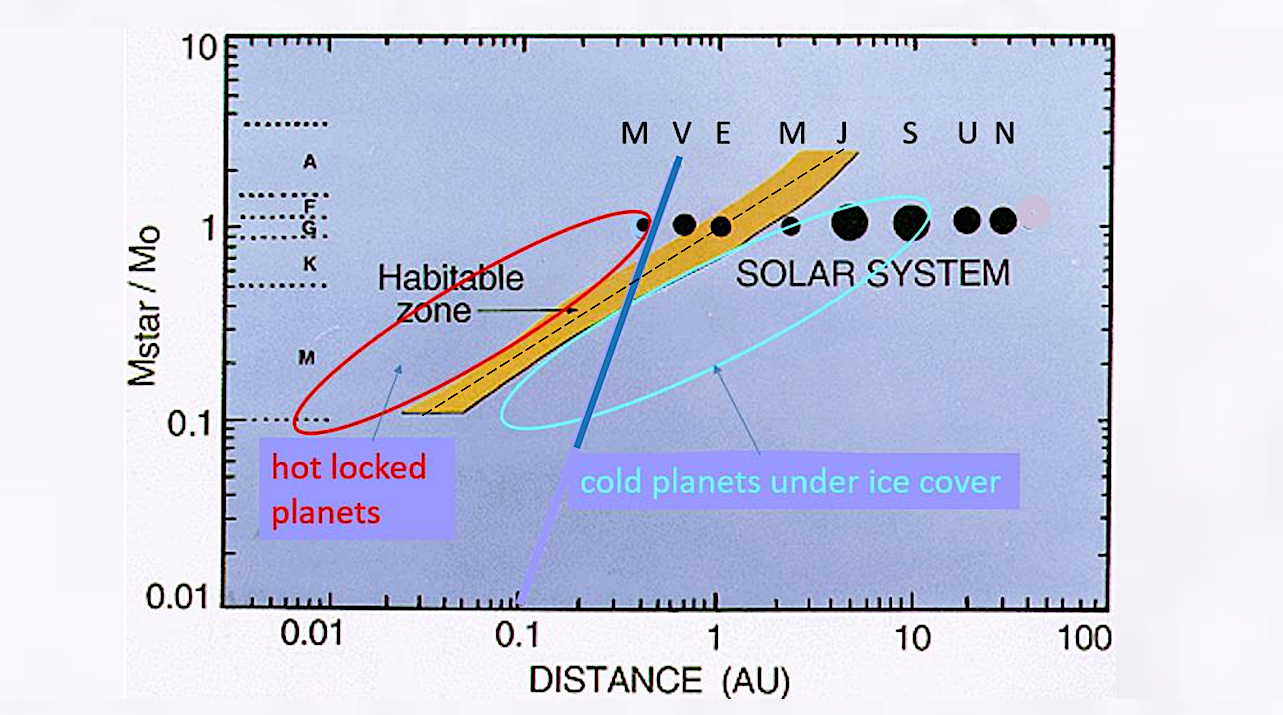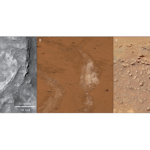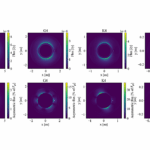Now Reading: Production and Preservation of Lipid Biosignatures in SO4-Rich Hypersaline Lakes of the Cariboo Plateau
-
01
Production and Preservation of Lipid Biosignatures in SO4-Rich Hypersaline Lakes of the Cariboo Plateau
Production and Preservation of Lipid Biosignatures in SO4-Rich Hypersaline Lakes of the Cariboo Plateau


Major iongeochemistry of lakewater. Ternary diagrams of the molar fraction of the 253major cations (left) and major anions (right). — eartharxiv.org
Modern and ancient hypersaline lakes and oceans have been identified across the solar system, but the habitability and potential of these environments to preserve organic matter remain unknown.
Here, we evaluate organic matter production and preservation potential in hypersaline lakes whose chemistries resemble deposits on Mars. We focus our analysis on lipid biomarkers including fatty acids, alkanes, and ether-bound lipids in modern brines, salt deposits, and surface sediments.
We also report total organic carbon (TOC), carbon/nitrogen (C/N) ratios, and bulk OC (δ13C and δ15N) isotopes to contextualize the lipid data. In all lakes, the predominant biosignatures include short chain fatty acids (C<23) suggesting microbial origin. Sediments also incorporate a diversity of microbially and terrestrially derived lipids. Ether-bound lipids derived from archaea and bacteria constitute a minor but measurable fraction of the lipids in brines.
This result contrasts with typical results from NaCl brines which contain significant archaeal biomass. TOC concentrations in sediments are universally high, ranging from 0.7% to 12% with sulfate-rich sediments having the highest concentrations. The isotopic composition of TOC corroborates the biomarker results, showing δ13C values and C/N values indicative of aquatic microbial origin.
This richness of organic material and in situ microbial biosignatures differ from previously studied Cl-dominated Mars-analog sites which have shown limited organic matter production and preservation and acidic SO4-rich hypersaline environments which were dominated by terrestrial inputs. Overall, our results suggest that Mg-SO4-rich hypersaline environments harbor a rich microbial biomarker landscape and are ideal locations for preserving these signatures, potentially over geological timescales.

Map of study site. (A.) Province of British Columbia, Canada and (B.) inset of part of 139 the Cariboo Plateau. Aerial photographs of the lakes studied: (C.) Last Chance Lake: 51º19’40.8″ 140N, 121º38’9.6″ W (D.) Salt Lake: 51º04’25.44″N, 121º35’11.244″W, (E.) Basque Lake #1: 14150º36’1.8″ N, 121º21’32.4″ W(F.). Basque Lake #2: 50º35’36.6″ N, 121º20’58.2″ W(G.) Basque 142 Lake #4: 50º35’20.304″ N, 121º20’34.397″ W. Photo credit: Mitchell Barklage. — eartharxiv.org
Production and Preservation of Lipid Biosignatures in SO4-Rich Hypersaline Lakes of the Cariboo Plateau, eartharxiv.org
Astrobiology
Stay Informed With the Latest & Most Important News
Previous Post
Next Post
-
 012024 in Review: Highlights from NASA in Silicon Valley
012024 in Review: Highlights from NASA in Silicon Valley -
 02Panasonic Leica Summilux DG 15mm f/1.7 ASPH review
02Panasonic Leica Summilux DG 15mm f/1.7 ASPH review -
 03How New NASA, India Earth Satellite NISAR Will See Earth
03How New NASA, India Earth Satellite NISAR Will See Earth -
 04And Thus Begins A New Year For Life On Earth
04And Thus Begins A New Year For Life On Earth -
 05Astronomy Activation Ambassadors: A New Era
05Astronomy Activation Ambassadors: A New Era -
06SpaceX launch surge helps set new global launch record in 2024
-
 07Space Force plans new ‘Futures Command’ amid pressure to speed up modernization
07Space Force plans new ‘Futures Command’ amid pressure to speed up modernization












